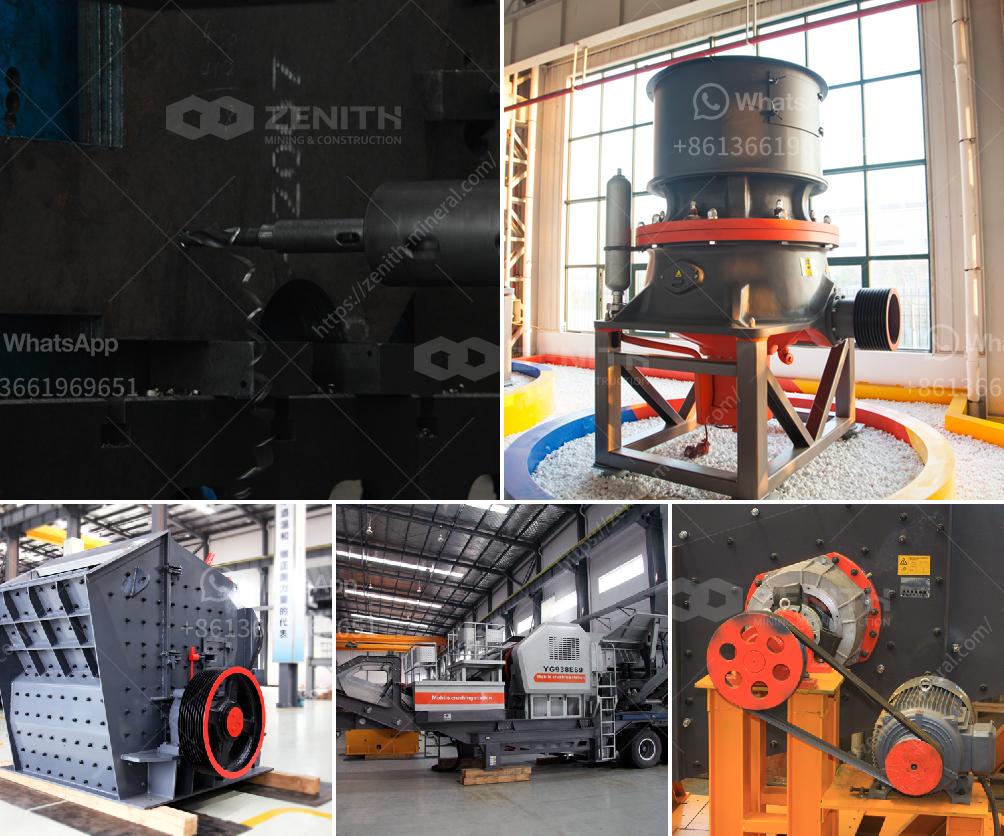Building a quartz crusher can be an involved process, depending on the scale of the crushing operation you intend to create. Below is a simplified guide to give you an idea of the general steps and considerations:
-
Research and Planning:
- Understand the scale of your operation. Is it for small-scale hobby projects or industrial-level crushing?
- Determine the type of crusher you'll need. Common types include jaw crushers, impact crushers, and hammer crushers.
-
Gather Materials and Tools:
- Steel for the crusher’s frame and housing.
- Hardened steel or industrial-grade materials for the crushing surfaces.
- Motor and power supply adequate for your chosen crusher type.
- Bearings, belts, nuts, bolts, and other fasteners.
-
Design the Crusher:
- Create or obtain detailed plans for the crusher. These should include detailed measurements and layouts.
- You can often find plans online or at engineering resources.
-
Construct the Frame:
- Cut and weld the steel to form the base and frame of the crusher.
- Ensure the frame is strong and rigid enough to withstand significant forces during crushing.
-
Install the Crushing Mechanism:
- For a jaw crusher: Install the fixed jaw and the movable jaw. These may involve welding or bolting into place.
- For an impact crusher: Assemble the hammers and impact plates.
- For a hammer crusher: Attach the hammers to the central rotating shaft.
-
Mount the Motor and Power System:
- Attach the motor securely to the frame.
- Couple the motor to the crushing mechanism using appropriate pulleys, belts, or direct coupling systems.
- Ensure the motor is powerful enough to drive the crushing mechanism effectively.
-
Safety and Testing:
- Add safety guards around rotating parts and other danger zones.
- Test the crusher with a small amount of quartz to ensure everything is functioning correctly.
- Make adjustments as necessary to optimize performance.
-
Fine-Tuning:
- Make any necessary adjustments to the gap settings or feed mechanism to fine-tune the crusher’s performance.
- Ensure all parts are aligned and secured properly to avoid malfunction during operation.
Safety Considerations:
- Always wear appropriate personal protective equipment (PPE) such as safety goggles, gloves, and ear protection.
- Ensure proper ventilation if crushing indoors to avoid dust inhalation.
- Follow all relevant safety regulations and guidelines.
Legal and Environmental Compliance:
- Check local regulations regarding mineral processing equipment and ensure your crusher complies.
- Consider the environmental impact and manage dust and noise pollution accordingly.
This simplified guide is intended for basic educational purposes. For a more in-depth construction and detailed plans, consulting with a mechanical engineer or a professional in the field is recommended.

